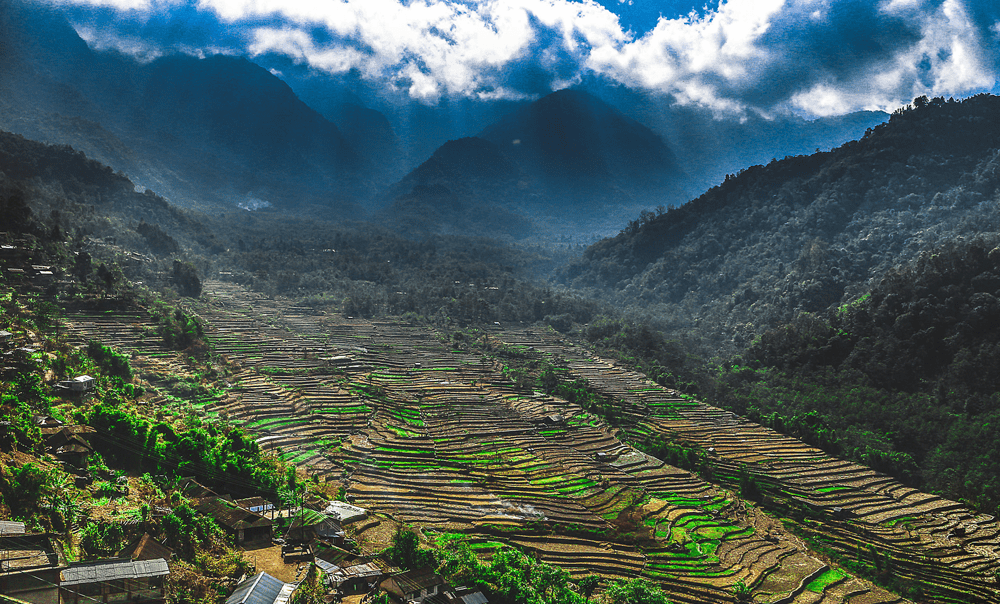Nestled in the hills of Nagaland, just 20 kilometers from Kohima, lies Khonoma — a village that once echoed with the spirit of resistance but today thrives as a symbol of peace and preservation. With stone-paved paths, terraced fields carved into the mountainside, and the deep ethos of the Angami tribe, Khonoma is not merely a place to visit, but a story to understand.
A Brief History of Valor and Vision
Khonoma’s legacy is etched in Nagaland’s history as the stronghold of Angami warriors who stood against British colonial forces in the 19th century. Known for its fierce defense, the village eventually transitioned from martial pride to environmental wisdom — a journey that shaped its identity into what it is today.
In 1998, Khonoma declared 70 square kilometers of its forest as a community-protected area, marking the establishment of India’s first “Green Village.” This was a bold step — especially in a region where hunting was once deeply woven into cultural practices.
What Makes Khonoma Unique
- Conservation Through Community:
- The villagers collectively banned hunting and logging in protected areas. It wasn’t imposed by outsiders — it came from within.
- Terrace Farming as a Living Art:
- Walk through fields that cascade like green steps down the hills. Here, Alder-based farming keeps the soil fertile without chemicals — a living lesson in sustainability.
- Architecture Rooted in Identity:
- Traditional Angami houses with intricate wood carvings, grain storage platforms, and monoliths reflect a harmony between heritage and function.

Experiences to Have in Khonoma
- Hike to the Forest Ridge:
- Trek through dense forests where rare birds like the Blyth’s Tragopan — Nagaland’s state bird — nest in peace.
- Sit With the Elders:
- Hear firsthand stories of the resistance, the shift toward peace, and the value of communal living.
- Witness Traditional Weaving & Crafts:
- From bamboo basketry to wood carving, the arts of Khonoma are quiet yet precise expressions of its identity.
The Heartbeat of Responsible Travel
Khonoma doesn’t offer glitz. What it offers is a rare invitation — to see how a community can turn its story from survival to stewardship. Visitors aren’t outsiders here; they are welcomed into the rhythm of life — gently reminded to slow down, observe, and listen.
This is the kind of place that leaves you wondering: what if every destination had the agency to tell its story on its own terms?
The forest is not a place to conquer, but a presence to befriend.”
















